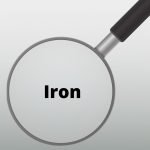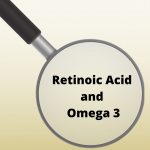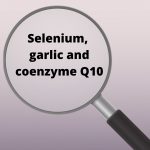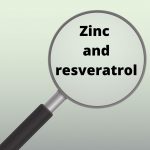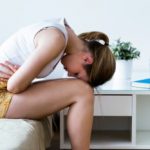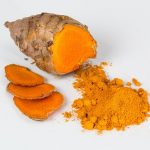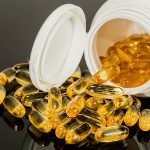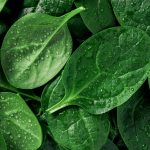Nutrients under the microscope: Iron
The final nutrient in our nutrients under the microscope is iron. Iron-deficiency anaemia is quite common in women with Endometriosis, especially if you experience heavy and or long bleeding. There is a vicious cycle between anaemia and heavy and/or long bleeding: heavy/long bleeding leads to high iron loss, and low iron levels contribute to heavier...
Nutrients under the microscope: Retinoic Acid and Omega 3
Today’s nutrients under the microscope are retinoic acid and omega 3. Retinoic Acid is created from vitamin A and plays an important role in the immune system, the reproductive system and in the control of sleep. There is some indication that beta-carotene (the food version of vitamin A) can help tone down the activity of...
Nutrients under the microscope: selenium, garlic and coenzyme Q10
The three nutrients under the microscope this week are selenium, garlic and coenzyme Q10. Selenium is another powerful antioxidant and women with Endometriosis tend to have lower levels of it in their system. It is an anti-inflammatory and helps to regulate the immune system. And in the liver, it is involved in removing oestrogen from...
Nutrients under the microscope: zinc and resveratrol
There are various nutrients that contribute to either improving your digestive or your immune system. Over the next 4 weeks I will look at some supplements that may be helpful with your symptoms. I’m starting with zinc and resveratrol. Zinc is a mineral that has been well-tested in relation to the immune system. It is...
N-Acetylcysteine – a key supplement if you’re trying to fall pregnant
For many women, seeking an explanation for why they are not able to fall pregnant is the time they get their Endometriosis diagnosis. These are some worrying statistics: Between 25 and 50% of women who have difficulty falling pregnant have Endometriosis; and Between 30 and 50% of women with Endometriosis have fertility problems. The supplement...
Why I recommend you take palmitoylethanolamide, or PEA to reduce pain
I know, what a name! I can’t pronounce it or type it quickly, so I’m just going to call it PEA. It is a compound that our bodies produce when it is needed to help regulate pain and inflammation. It is found in both the central nervous system and in immune cells. And many foods...
To take probiotics or not take probiotics – that’s the question
Probiotics have become immensely popular over the past few years and are claimed to cure just about any health complaint. So, do probiotics help to reduce your Endometriosis symptoms? Well, that depends What symptom are you trying to improve? The challenge here is that there are many different types of probiotics and within each...
Totally Tremendous Turmeric
Ah turmeric! Such an underappreciated spice. It is nature’s anti-inflammatory. And with inflammation such a key factor in Endometriosis, we have to consider if turmeric can be of benefit. . I know you probably know it as a cooking spice, but how about its medicinal properties? Turmeric is a root, from the ginger family, and...
Should you take supplements?
Often, when you go see a doctor for a specific health complaint, you walk away with a medication prescription, a pill to take to make you feel better. And as a society, we’re quite enamoured with pills and supplements. So, when it comes to managing your Endometriosis symptoms naturally, should you take supplements? Well, it...
What does a low-histamine diet look like?
Before we look at what you can and cannot eat in a low-histamine diet, let’s see how food and histamine are connected. There are 4 types of interactions between food and histamine. Foods that contain high levels of histamine: eating these is just adding lots of histamine to your system, directly triggering your immune...
